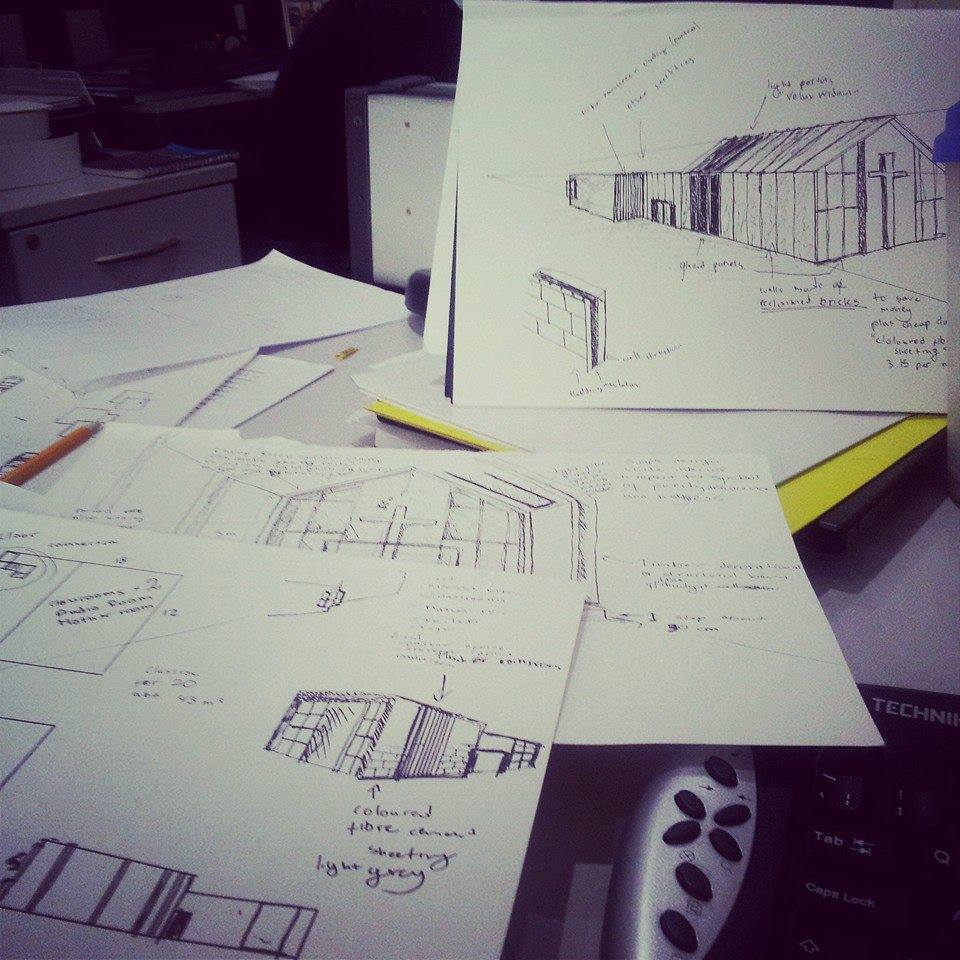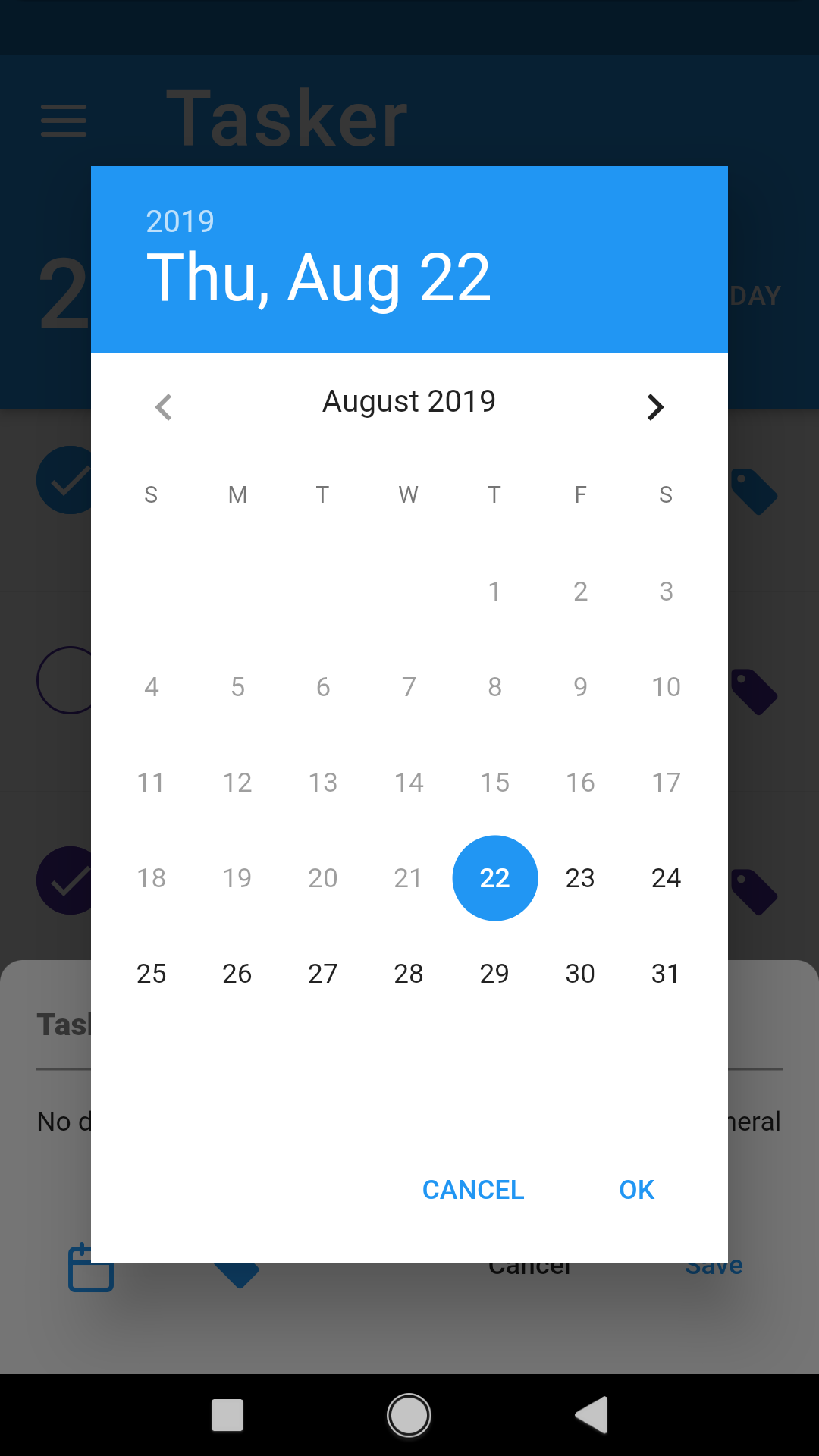

Our widget is an in-panel widget, so on the Widget tab, we’ll need to select it within the Header Controller widget to select it as shown below: In order to test, we can create a new app in Web AppBuilder. Once the changes above are applied, the widget will be deployed in the Builder environment and we should be able to choose it from the list of widgets. Then remove the rest of the attributes in the root object and save the file. Making this change will enable the widget to have this name when we select it in the Builder environment.
Next go to the nls subfolder and open the strings.js file. (For the purposes of this blog, we will not make the widget configurable in order to keep it simple). Add the properties attribute and include the “hasConfig”:false. The featureActions array can be removed, as we will not be using it in this example. Change any other properties as you wish (e.g. Go to the Report widget folder, open the manifest.json file and change the following:. Paste it in clientstemappwidgets and rename it to something like “Report”. Copy the Demo folder that can be found in the clientstemappwidgetssamplewidgets subfolder of the Web AppBuilder directory as shown below:. To create a new custom widget with the Report class, the easiest way to get started is to use the Demo widget which can be found in the clientstemappwidgetssamplewidgets subfolder of the Web AppBuilder Developer Edition install directory. The Customization Resource List is another great resource. To get more information about customizing Web AppBuilder please review the Web AppBuilder Developer Edition Guide. Note: To develop a custom widget for Web AppBuilder, sufficient knowledge and experience using JavaScript and HTML is recommended, as well as a level of familiarity with the ArcGIS API for JavaScript and the Esri samples. This blog will present the basic steps of this workflow. I’d like to share how you can extend the Report class to create your own custom widget that can be used in Web AppBuilder Developer Edition. Web AppBuilder Developer Edition v2.4 supports a Report class that enables you to print a file with a map, tables, and other supporting elements. 
This blog post was contributed by Artemis Fili, a Technical Lead (SDK Team) in Technical Support Services at the Esri Redlands, CA office.Įsri Technical Support likes to use Web AppBuilder for ArcGIS to create powerful web applications.






 0 kommentar(er)
0 kommentar(er)
